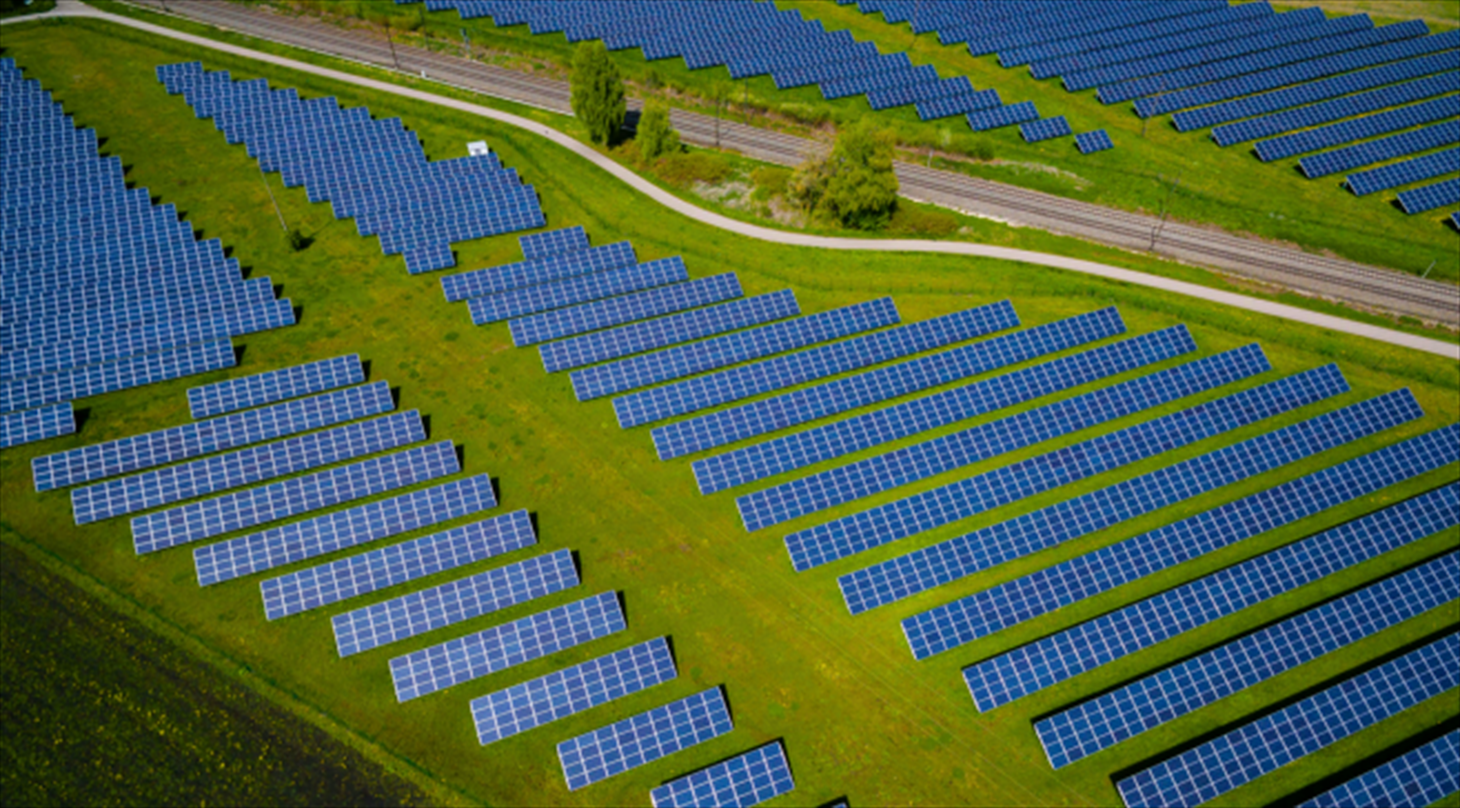
What are solar cells?
If you are interested in the field of solar energy and how solar cells work, we have collected some useful information here.
Read more about solar heating here
What are solar cells?
A solar cell is a semiconductor (diode), which transforms radiation of light directly to electricity by using the photoelectric effect. Solar cells produce electricity without any moving parts, and it is therefore a robust and reliable technology. Solar cells have long been used in space travel and later for specific applications on earth, where the high price was subordinate.
However, manufacturing costs of solar cells have fallen drastically, while effeciency has increased. Solar cells are therefore relevant in many, both in larger and minor, connections for power supply today. Solar cell systems are characterized by their modular construction, which means that they consist of a number og solar cell moduls (or panels), which are connected to give the system the desired current strength and tension.
How solar cells work
In brief, solar cells work in this way: The sunlight's photons (energy particles) hit the electrons in the solar cell, whereby they are induced with energi and break out from their normal position. This enables them to penetrate the p-n passage in the diode, mainly in one direction. In this way, a difference in the concentration of electrons on both sides will appear. By collecting the electrons on the solar cell's front, they can be led through a wire to the back of the solar cell and then once more be induced with energy from the sunlight.
Picture: A solar cell system (PV system) which consists of modules composed of single cells. The moduls are combined in series and in parallel with the whole system.

Types of solar cells
There are two main types of solar cells, which are crystalline wafers and thin film. There is a broad range of variants of these types of solar cells on the market and even more under development.
Below, you will find an illustration, which shows how an crystallic solar cell is built.

Below, you will find an illustration, which shows how a thin-film solar cell (for example used in calculators, here with three cells in one serie) is built.

Grid-connected systems
The grid-connected system is the most widespread application of solar cells. The system works by the solar cell power production passing by an inverter, which makes it possible to use the energy directly in the household. The eventual surplus of power can be delivered to the network.

Systems for separation of power source from the electrical grid
This type of system is normally used for smaller systems, such as for allotment gardens, camping and sommerhouses, where the energy is delivered to a battery. The battery is able to supply smaller commodities with direct current (DC). In areas without electricity grids, big central systems for a whole village can be made according to the same principle.
Location
In order to get the optimum effect from the solar cell system, it should be placed on a sunlit spot. We suggest that orientation should be between southeast and southwest, and the inclination (in proportion to horizontal) should be between 15 and 60 degrees to get the best output from the solar cell system. Before you choose the final location of the solar cell system, it is a good idea to check up on the following:
- What does the local development plan says - especially in connection with summer house areas?
- Is the house preserved?
- Is there censorship on the front?
- Are there any trees, building components, flagstaffs or the like, which could give shade?
- Is there a risk of inconvenient reflections?
- What is the ideal location in proportion to orientation and inclination?
Be aware of the fact that a solar cell system's output can be very sensitive to shadows, which, therefore, should be avoided if possible.